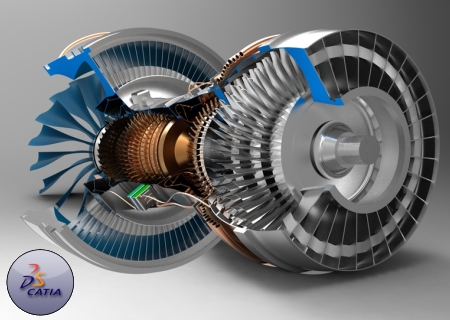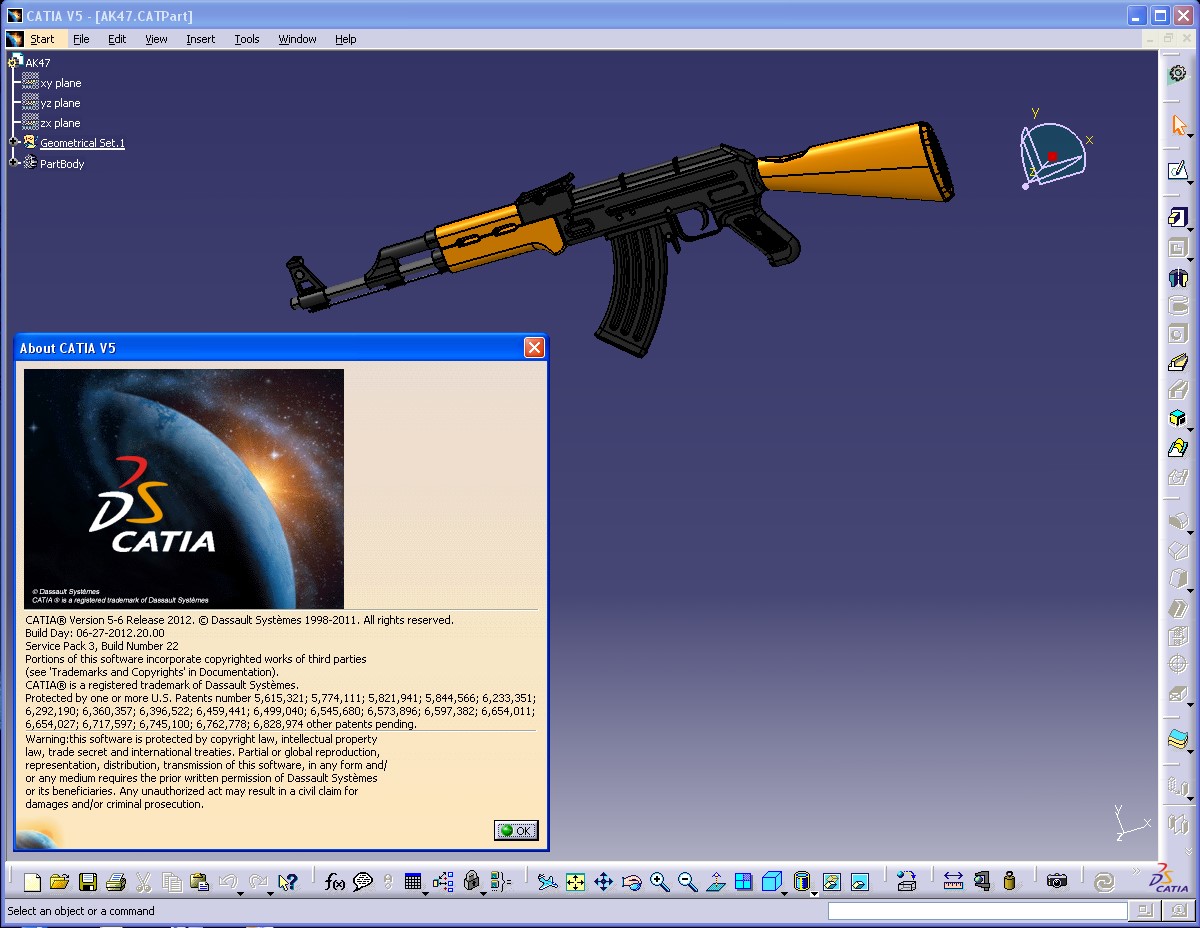WHAT DO YOU MEAN BY THERMODYNAMICS???
Thermodynamics is a branch of natural science concerned with heat and its relation to energy and work. It defines macroscopic variables (such as temperature, internal energy, entropy, and pressure) that characterize materials and radiation, and explains how they are related and by what laws they change with time.
What is a Thermodynamic System?
The word system is very commonly used in thermodynamics;A quantity of the matter or part of
the space which is under thermodynamic study is called as system.
There
are three types of system: closed system, open system and isolated
system. Let us say
for example we are studying the engine of the vehicle, in this case
engine is called as the system
The system is covered by the boundary and the area beyond
the boundary is called as universe or surroundings. The boundary of the
system can be fixed or it can be movable. Between the system and
surrounding the exchange of mass or energy or both can occur.
Types of thermodynamic system:-
There are three mains types of system: open system, closed system and isolated system.
1) Open system:
The system in which the transfer of mass as well as energy can take
place across its boundary is called as an open system. Example of engine is an open system. In this case we provide fuel to
engine and it produces power which is given out, thus there is exchange
of mass as well as energy. The engine also emits heat which is exchanged
with the surroundings. The other example of open system is boiling
water in an open vessel, where transfer of heat as well as mass in the
form of steam takes place between the vessel and surrounding.
2) Closed system:
The system in which the transfer of energy takes place across its
boundary with the surrounding, but no transfer of mass takes place is
called as closed system. The closed system is fixed mass system. The
fluid like air or gas being compressed in the piston and cylinder
arrangement is an example of the closed system. In this case the mass of
the gas remains constant but it can get heated or cooled. Another
example is the water being heated in the closed vessel, where water will
get heated but its mass will remain same.
3) Isolated system:
The system in which neither the transfer of mass nor that of energy
takes place across its boundary with the surroundings is called as
isolated system. For example if the piston and cylinder arrangement in
which the fluid like air or gas is being compressed or expanded is
insulated it becomes isolated system. Here there will neither transfer
of mass nor that of energy.
State of the system: The present status
of the system described in terms of properties such as pressure,
temperature, and volume is called the state of system.
Properties of the system:
The characteristics by which the physical condition of the system is
described are called as properties of system. Some examples of these
characteristics are: temperature, pressure, volume etc and are called as
properties of system. The system properties are of two types: extensive
and intensive properties.
Extensive properties of system:
The properties of the system that depend on the mass or quantity of the
system are called extensive properties. Some examples of extensive
properties are: mass, volume, enthalpy, internal energy, entropy etc.
Intensive properties of system:These properties do not depend on the quantity of matter of the system.
Some of the examples of intensive properties are: freezing point
temperature, boiling point, temperature of the system, density, specific
volume etc.
Thermodynamics process: When the system
changes from one thermodynamic state to the final thermodynamic state
due to change in pressure, temperature, volume etc, the system is said
to have undergone thermodynamic process. The various types of
thermodynamic processes are: isothermal process, adiabatic process,
isochoric process, isobaric process and reversible process.
Cyclic process:
When the system
undergoes a number of changes in states and returns back to the initial
state, the system is said to have undergone cyclic process.
Isothermal process:
The process during which the temperature of the system remains constant is called as isothermal process.
Adiabatic process:
The process during which the heat content of the system remains
constant i.e. no flow of heat takes place across the boundaries of
system, the process is called as adiabatic process.
Isochoric process:
In this process the volume of system remains constant.
Isobaric process:
The process during which the pressure of the system remains constant, is called as isobaric process.
Reversible process:
When the system undergoes changes infinitesimally slowly the changes
can be reversed back, such a process is called as reversible process.
During reversible process the system remains in equilibrium during the
change of state of the system.
Enthalpy of the system:
The total heat content of the system is called as enthalpy of the
system. The units of enthalpy are same as heat viz. Joules and Calories.
Entropy of the system:
It is the total energy inside the system, which is not available for
work during thermodynamic process. It depends on the movement of the
molecules inside the system. As the temperature of the system reduces
its entropy also reduces. Entropy of the system is never negative.
Basic laws of thermodynamics :-
The Three Laws of Thermodynamics define fundamental physical
quantities (temperature, energy, and entropy) that characterize
thermodynamic systems.
The first law, also known as Law of Conservation of Energy, states that energy can not be created or destroyed; it can only be redistributed or changed from one form to another.
The second law of thermodynamics says that the entropy of any isolated system not in thermal equilibrium almost always increases.
The third law of thermodynamics states that the entropy of a system approaches a constant value as the temperature approaches zero.
The first law of thermodynamics,
also known as Law of Conservation of Energy, states that energy can not
be created or destroyed; it can only be redistributed or changed from
one form to another. A way of expressing this law is that any change in
the internal energy of a system is given by the sum of the heat q that flows across its boundaries and the work w done on the system by the surroundings:
This
law says that there are two kinds of processes, heat and work, that can
lead to a change in the internal energy of a system. Since both heat
and work can be measured and quantified, this is the same as saying that
any change in the energy of a system must result in a corresponding
change in the energy of the world outside the system. In other words,
energy cannot be created or destroyed. If heat flows into a system or
the surroundings to do work on it, the internal energy increases and the
sign of q or w is positive. Conversely, heat flow out of the system or
work done by the system will be at the expense of the internal energy,
and will therefore be negative.
The second law of thermodynamics
says that the entropy of any isolated system not in thermal equilibrium
almost always increases. Isolated systems spontaneously evolve towards
thermal equilibrium—the state of maximum entropy of the system—in a
process known as "thermalization". Equivalently, perpetual motion
machines of the second kind are impossible. More simply put: the
entropy of the world only increases and never decreases.
Third law
of thermodynamics states that the entropy of a system approaches a
constant value as the temperature approaches zero. The entropy of a
system at absolute zero
is typically zero, and in all cases is determined only by the number of
different ground states it has. Specifically, the entropy of a pure
crystalline substance at absolute zero temperature is zero. This statement holds true if the perfect crystal has only one state with minimum energy.


















